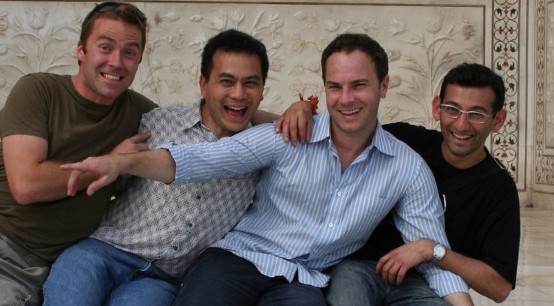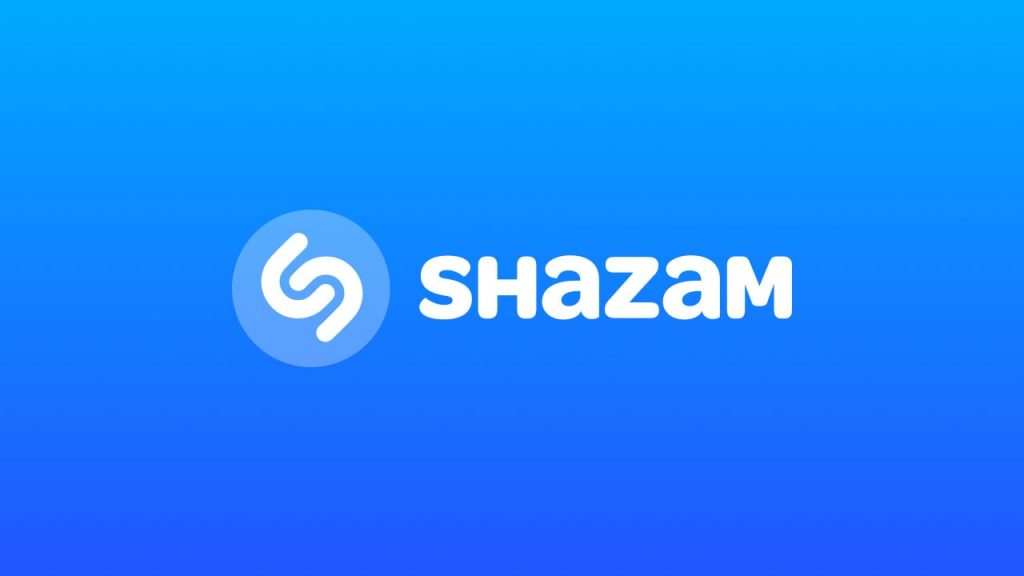How Shazam reached 1 billion downloads worldwide
This is the story of Shazam and how the company became successful and reached 1 billion downloads worldwide.
It’s a Monday morning in the summer of 2000 and the warm light creeps through the windows of a small eight by six room in a building in the heart of Soho, London.
The room is shared by four people each working fervently on their computers. They are friends and co-founders of Shazam, the company that wants to help people identify songs via their mobile phones.
There’s one major problem. It’s 2000 and mobile phones are not capable of doing that.
In one corner of the room, Chris Barton who came up with the idea behind Shazam is on the phone talking with prospective investors and trying to raise money.
Crouched over a short coffee table with sheets of paper spread all over it, Dhiraj Mukherjee is writing the company’s business plan.
Philip Inghelbrecht is researching the problem sifting through the pages of a thick volume with due diligence. From time to time, he stops and shares his key findings with Avery Wang, who is supposed to create the technology which will allow Shazam to work. Avery looks concerned because four months have passed since he tackled the problem and he still had no idea how to solve it.
Don’t look at the market today but aim for what the market will look like in the future.
Dhiraj Mukherjee
Avery has previously looked to available known techniques for answers like hashing algorithms used in text search engines and speech recognition algorithms. He also did extensive research in content recognition technology. Unfortunately, all his efforts were to no avail. Avery is an optimistic person by nature but now he appears to be distraught.

Shazam Founders: Philip Inghelbrecht, Avery Wang, Chris Barton, Dhiraj Mukherjee / Medium
Although right now things didn’t look very promising at Shazam, his co-founders were resilient and kept pushing forward. And their persistence finally paid off.
Avery, a brilliant inventor is successful in creating the algorithm that Shazam was built upon. He found a statistical indicator of a match by using, what he calls, landmarks and fingerprints within songs.
Firstly, look way ahead of your time, at the risk of launching a company with a slightly wacky idea or incomplete technology stack. Secondly, think big and shoot for the moon; plan for every person to use your product at some point in time. It’s much better to fall short on a lofty goal than to exceed a reasonable projection.
Philip Inghelbrecht
Two years later, Shazam launched in the UK market. What Avery invented was not actually a music recognition technology, but a “recorded sound identification technology”.
Chris knew that there were other companies on the market providing people with a solution to identify the music they heard. These companies have not been very successful because they were thinking too small: they only monitored the music that radio stations played and the user experience was terrible. He had seen an opportunity and took his idea further: how about identifying music played anywhere else not only on the radio?

Avery’s algorithm tackled and solved many challenges:
- Search a massive database of millions of songs;
- Being able to search quickly;
- It had a high recognition rate and a low false-positive rate;
- It was tolerant of noise and distortion, room reverberation, as well as voice compression.
What is Shazam now?
Shazam is a mobile app that recognises music and TV around the user. It is also a platform for artists to connect with their fans.
Things don’t happen like that. The technology usually exists first before any company tries to commercialize it. Shazam invented the technology and earned revenue off of it at the same time.
Here are the challenges that Shazam’s four co-founders have striven to overcome to be successful:
- Waiting for mobile phone technology to catch up with their vision;
- Building technology from scratch and also commercialize on it;
- Raising money;
- Negotiating with mobile operators;
- Building a large enough music database;
- Creating the algorithm i.e. the core recognition service itself;
- Managing 40+ employees and 50 or 60 temporary staff.
I wanted to build a business that was based on cutting-edge technology and had the aim to revolutionize the way we discover music by using the mobile phone.
Chris Burton
How Shazam worked on launch day in 2002:
- 95% of people with mobile phones in the UK could dial 2580 when they heard music in a bar, café, restaurant, club, or on the radio and hold their phone to music;
- 15 seconds later, the voice phone call would terminate and a text message would be sent to their phone with the name of the artist and song;
- There was no charge if Shazam could not identify the song;
- If it could, then they were charged 50 pence on their mobile phone bill.
The team went through difficult times in the years following the launch. The company was not profitable which required them to continue raising venture capital investment. Investors believed in Shazam but they were not jumping to invest because the company had not yet reached user or revenue growth. They had to lay people off.
What got Chris, Avery, Philip and Dhiraj through these rocky years?
They thought rationally, always looking to find a compromise and most importantly remained passionate about their dream. Their friendship was a vital element of their success. Each of them had a high level of integrity and trusted each other.
The most dangerous outcome for a startup during times like these can be a fallout between the founders, but we never had this issue because there was such a powerful bond between the four of us.
Chris Barton
It was not until the advent of the iPhone App Store that Shazam’s user base began to grow exponentially and reach astronomical heights.
Shazam timeline, stats in 2019 and business model
- Chris Barton, Philip Inghelbrecht, Avery Wang and Dhiraj Mukherjee founded the company in 1999;
- By 2000, they managed to raise $1 million from angel investors;
- The service launched in 2002;
- Shazam joined the brand new Apple App Store in 2008 as one of the first apps;
- Introduced a new feature in 2011 – in addition to music, the app was extended to let users Shazam TV programs and ads to get special offers and more information on what they were watching;
- In 2015 Shazam was valued at $1 billion;
- The company was acquired by Apple in 2018 for a reported $400 million;
- To date, the Shazam app has more than 1 billion downloads;
- 150 million people use Shazam every month;
- The app drives the download of 400,000 songs daily;
- The company earns revenue by referring users to make media purchases: the platform provides users with links to purchase music, television programming, and more through content distributors.
My biggest piece of advice is to be careful about the assumption of “If I build it, they will come.”
A mobile entrepreneur should make sure that part of their innovation includes a path to acquiring users and driving usage. Getting these users through an innovative channel that is free will be the key to such a successful business.Chris barton
Join the Conversation
We’d love to hear what you have to say.
Get in touch with us on Facebook Group and Twitter.
Sources: Medium, AppSamurai, ExpandedRamblings, Investopedia

